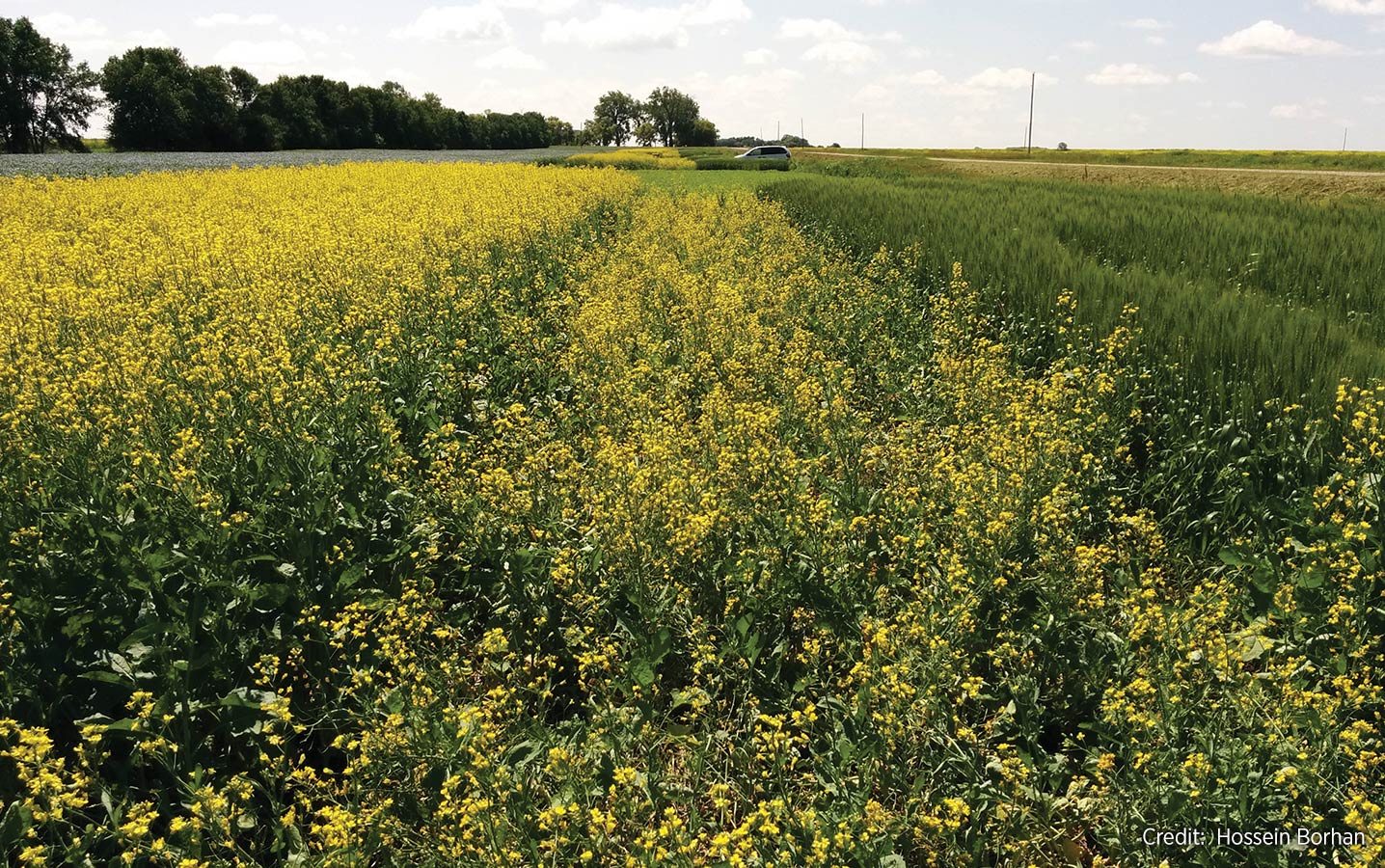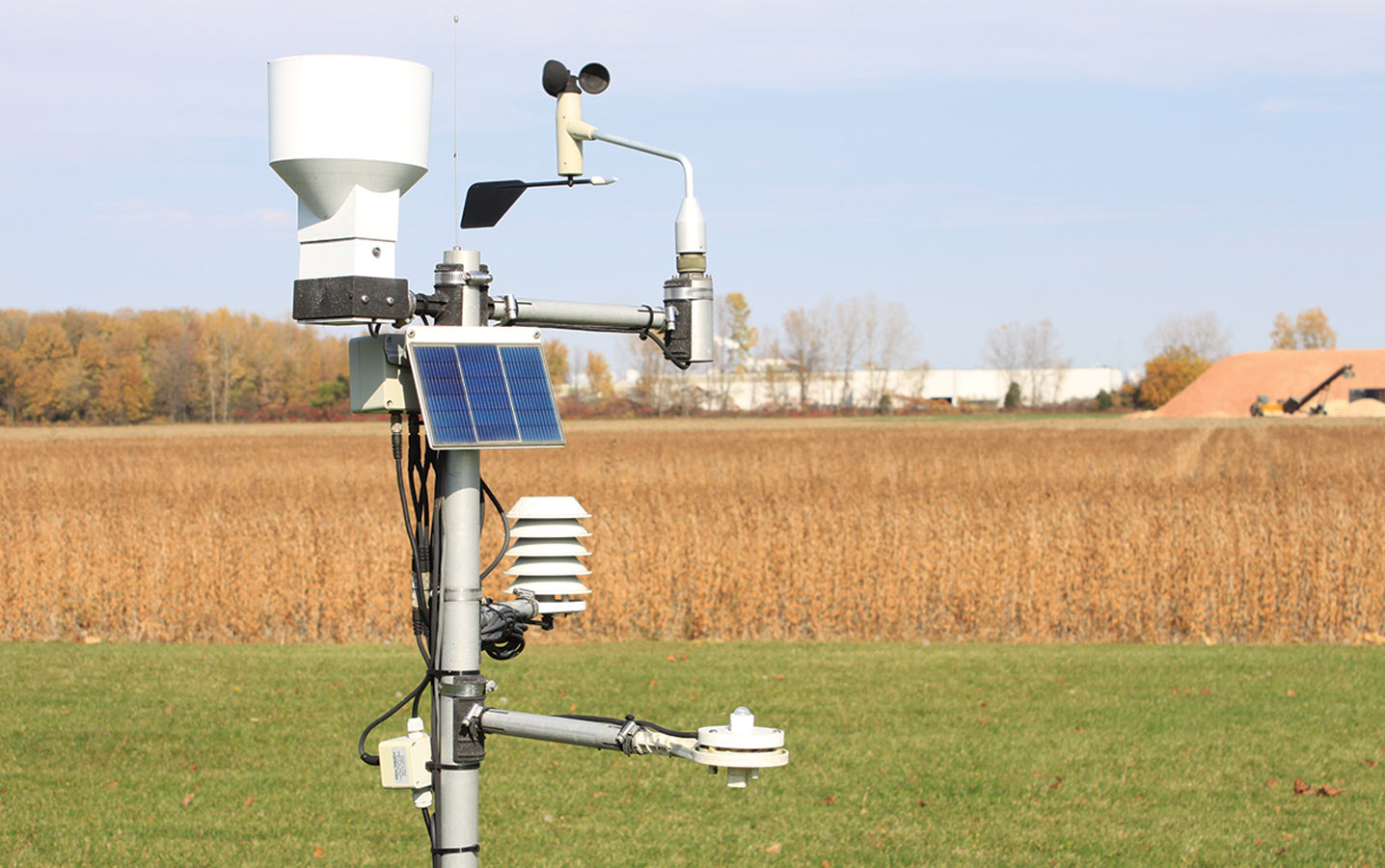Looking back at the China trade dispute

The current agreement to keep dockage at 2.5 per cent for canola delivered to China took many months of intense work. And it’s not over. We need to keep working toward a long-term solution based on science.

The current agreement to keep dockage at 2.5 per cent for canola delivered to China took many months of intense work. And it’s not over. We need to keep working toward a long-term solution based on science.


Researchers across western Canada are working towards developing new tools to help producers manage two serious diseases in canola – blackleg and sclerotinia stem rot. This project, led by SaskCanola, partners with the Alberta Canola and the Federal Government under Growing Forward 2 (GF2). This Agri-Science Project, which is still in progress, has multiple activities focused on new discoveries and solutions for managing these diseases.

The federal government’s $15 million investment in canola research through Growing Forward 2 (GF2) combined with the canola industry’s $5 million contribution is funding 23 research projects for five years. Some of those are complete and featured in the first half of this magazine. Here are short descriptions and progress reports for the 11 ongoing agronomy projects.
Canola growers across the Prairies fund dozens of research projects with their levy payments to Alberta Canola, SaskCanola and Manitoba Canola Growers Association. Many of those projects are funded through their joint Canola Agronomic Research Program (CARP), which has been going for almost 30 years. Other projects are funded through arrangements with other organizations listed in these summaries. Here are short descriptions and updates for ongoing projects directly funded by provincial canola grower organizations. See below for a glossary of all abbreviations.